|
Glass Reproduction Doors Glass Design Doors
Glass Doors Glass Custom Doors Glass Antique Doors |
|
| Home
| Glass Door > Projects |
The-Wood® Studio is a designer and manufacturer
of double and single front glass doors. We offer our doors with custom art and
stained glass. We build art glass doors, French doors, exterior
doors, residential and garage doors made in teak with transom and
sidelights. We
build
unfinished, pre-finished and finished doors with and without frames. We
make doors in French, Mexican,
English,
Victorian, Classic and Moroccan styles. We carve crests, coat of
arms, logos, names, horses and flowers. We specialize in custom design
doors in any style, size, thickness, and shape. We build wide range of
hardwood doors with one of a kind carving design and
with the most unique
ornaments. Shipping to US or Europe $500.00 USD only!
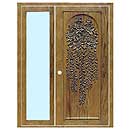 |
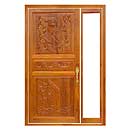 |
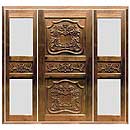 |
| Glass
Door |
Glass
Design Door |
Glass
Custom Door |
| Ref:
GLASSDOOR101 |
Ref:
GLASSDOOR102 |
Ref:
GLASSDOOR103 |
| |
|
|
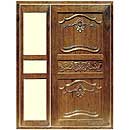 |
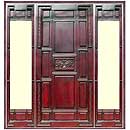 |
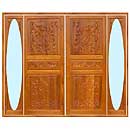 |
| Glass
Antique Door |
Art
Glass Door |
Glass
Chinese Door |
| Ref:
GLASSDOOR104 |
Ref:
GLASSDOOR105 |
Ref:
GLASSDOOR106 |
| |
|
|
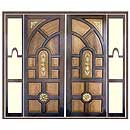 |
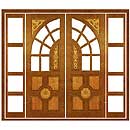 |
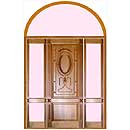 |
| Glass
Double Door |
Glass
Hand-crafted Door |
Glass
Radius Door |
| Ref:
GLASSDOOR107 |
Ref:
GLASSDOOR108 |
Ref:
GLASSDOOR109 |
| |
|
|
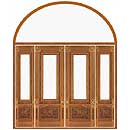 |
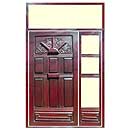 |
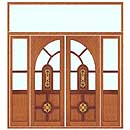 |
| Glass
Transom Door |
Glass
Sidelight Door |
Glass
Mastercraft Door |
| Ref:
GLASSDOOR110 |
Ref:
GLASSDOOR111 |
Ref:
GLASSDOOR112 |
Glass Door: a
hard substance, usually brittle and transparent, composed chiefly of
silicates and an alkali fused at high temperature. Composition and
Properties of Glass: Most glass is a mixture of silica obtained from
beds of fine sand or from pulverized sandstone; an alkali to lower
the melting point, usually a form of soda or, for finer glass,
potash; lime as a stabilizer; and cullet (waste glass) to assist in
melting the mixture. The properties of glass are varied by adding
other substances, commonly in the form of oxides, e.g., lead, for
brilliance and weight; boron, for thermal and electrical resistance;
barium, to increase the refractive index, as in optical glass;
cerium, to absorb infrared rays; metallic oxides, to impart color;
and manganese, for decolorizing. The term "crystal glass," derived
from rock crystal, was at first applied to clear, highly refractive
glass; it has come to denote in the trade a high-grade, colorless
glass and is sometimes applied to any fine hand-blown glass. |




